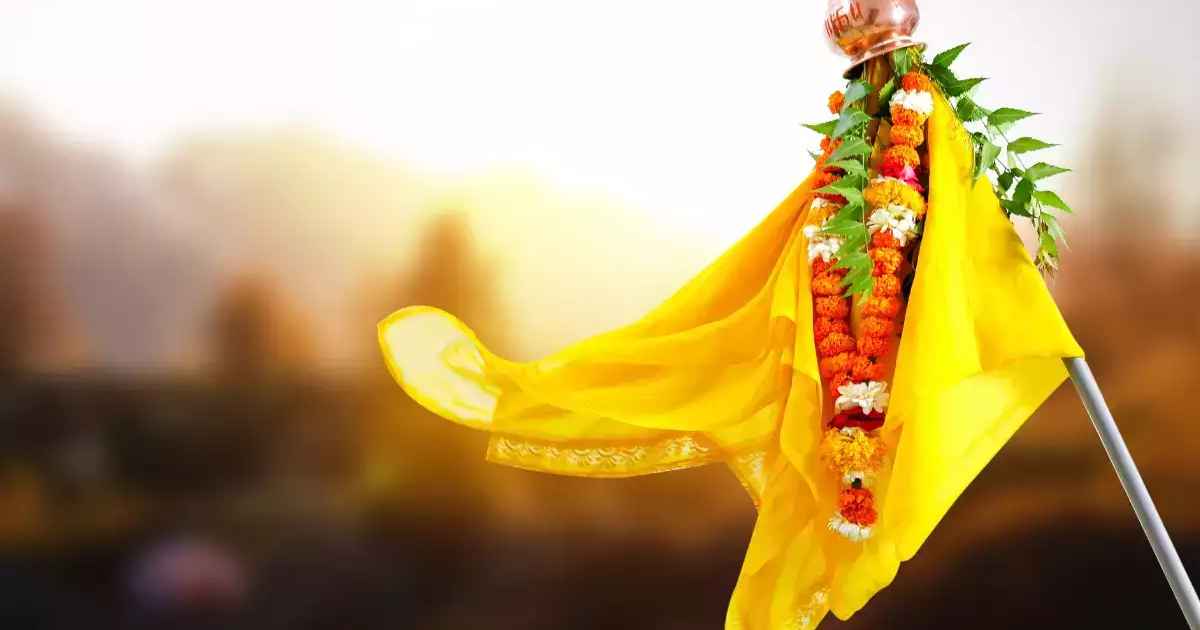Time passes quickly as the hands of the clock turn, and successive pages of the calendar turn away to reveal a brand-new year. This limited existence and the thrill of celebration are always given appeal by the fresh beginning.
In India, different regions celebrate the New Year in different ways based on their respective cultures, traditions, folk, and so on. The New Year celebration in India inspires people to observe and respect the idea behind these joyous occasions notwithstanding the ethnic variety of our country.

The idea of the earth’s rotation around the sun serves as the foundation for the New Year’s celebrations. Although the Gregorian calendar is generally used for everyday purposes, religious observances of festivals and special occasions are observed according to the solar and lunar calendars. These calendars are calculated using the Earth’s and the Moon’s planetary revolutions.
Chaitra, which falls between March and April on the Gregorian calendar, is considered to be the first month in the lunar calendar. This month’s first day of the month is joyfully observed.
For the Western states of India, including Maharashtra, Goa, and the Konkan region, Gudi Padwa is the customary New Year. The lunar calendar year has just begun.
On this day, the Hindu Nav Varsha is also observed globally as a celebration of the beginning of the lunar month Hindu calendar.

This same day is observed as Ugadi in the southern states of Andhra Pradesh, Telangana, and Karnataka. This celebration has a Sanskrit name, Yugadi, which denotes the beginning of a new era.
Samvatsardi is observed according to the conventional calendar. On the anniversary of the Saptarshi Era, the New Year is observed as Navreh in the Kashmir region.
The start of Chaitra Navratri is marked by celebrating this day as the New Year in Jammu, Rajasthan, and other northern states.
The Start of the Solar Calendar Year: New Year Celebration in India
The months of the solar calendar are referred to as Sankranti and are categorized by zodiac signs. There are 12 of these Sankranti’s, which support the rotation of the earth and the visibility of the zodiac stars.
On Maha Vishub Sankranti, the first Sankranti honoring the sign of Aries, the New Year is celebrated. Also known as Pana Sankranti or Vishub Sankranti in Odisha, Puthandu in Tamil Nadu, Bikhu or Bikhauti in Uttarakhand, JurShital in Bihar, Pohela Boishakh in West Bengal, and Vishu in Kerala, it is observed as the start of the New Year in each of these places.
In Punjab and northern states, this day is observed as the historical and religious Vaisakhi festival. It honors both the Sikh harvest festival and the founding of the Khalsa Panth in Sikhism.

The Hijri New Year is observed as the start of the year by the Islamic calendar by taking into account local moon observations.
According to both the Gregorian and Julian calendars, Christians celebrate the New Year on January 1st.
The Jain New Year is observed during the Diwali celebration. Diwali is also observed as the New Year in Gujarat and a few other northern states.
India’s New Year’s celebration is mostly influenced by the country’s agriculture and weather conditions. Often, it appears as though cropping and harvesting activities are getting underway with the New Year celebrations.
The celebration of the New Year includes worshipping the deity, a feast with local cuisine, and cultural events. For instance, the presentation of special beverages during Vaisakhi and Maha Vishub Sankranti has increased significance in light of the upcoming summer’s weather conditions.

All of these occasions are unquestionably supported by customs and rituals that have enduring scientific, social, and psychological roots.
The fact that different regions celebrate the same day under different names illustrates the diversity of Indian culture.
Decorating the environment, hosting a party with friends and family, and engaging in rituals are only meant to improve one’s existence on a social, spiritual, and psychological level.
All of these holidays and related events are skillfully planned to preserve the cultural component. Gaining a thorough knowledge of the scientific component of these traditions would need a lifetime of work.
Understanding the empirical components of these rituals, however, increases our obligation to uphold national tradition and culture.
